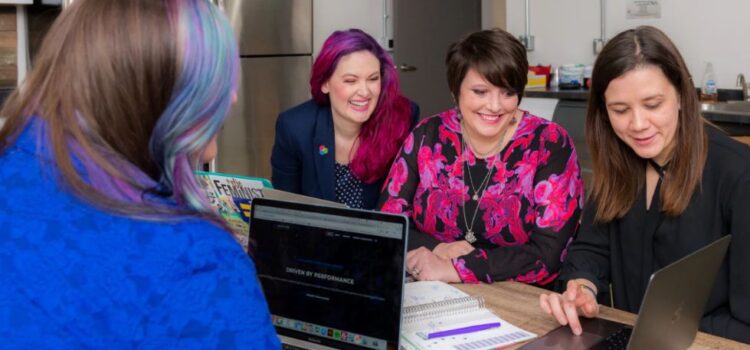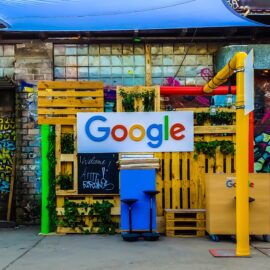

This article is an excerpt from the Shortform book guide to "Lost Connections" by Johann Hari. Shortform has the world's best summaries and analyses of books you should be reading.
Like this article? Sign up for a free trial here .
What is the cooperative business model? How does it help build a better workplace for employees?
A cooperative business model is a democratic company where the enterprise is collectively owned by all the employees. Employees elect leaders, and share profits and liabilities as a group. The model creates a better workplace because the opinion of everyone counts, which makes employees happier and more engaged.
Read more about how the cooperative business model works.
What Is the Cooperative Business Model?
As well as reconnecting with your past and future, healing from depression requires you to reconnect with meaning and purpose in your present: in particular, to reconnect to meaningful work. Being forced to work at a job you hate just to pay the bills is a surefire recipe for depression—but when job prospects are limited and rent is due, quitting a soul-sucking job isn’t an option for most people. For that reason, this reconnection isn’t an individual suggestion, since individual action isn’t always possible: Instead, it’s a call to reexamine the way we think about work as a society so that everyone can make a living without becoming depressed.
One way to do this is by adopting a cooperative business model like Baltimore Bicycle Works. This bike shop is collectively owned by a group of friends whose mission was to break out of the typical boss-as-dictator business model and find a way to reclaim control of their livelihoods.
In a cooperative business model, The actual, day-to-day work of the business isn’t too different from that of a “traditional” bike shop—mechanics still fix bikes, office workers still handle paperwork. The key difference is that the shop’s co-op model works like any democracy: Employees elect leaders, make decisions, and share profits as a group. The lack of hierarchy in a cooperative business model means that anyone can propose an idea without worrying about stepping on anyone’s toes, and everyone’s opinion counts. This kind of work model provides reconnections to meaningful work (because everyone has control over their jobs) and to positive social status (because everyone’s opinion matters).
Starting an innovative new business is risky, but the Baltimore Bicycle Works is a success, both financially and as proof that the co-op model creates a more meaningful work experience. Having a sense of control over the shop makes all the difference to the employees’ mental health. Everyone working in the shop is happier and less anxious overall than in their previous, traditional jobs: They no longer feel like work is something “done to” them, and they don’t have to worry about their livelihood depending on the whims of whoever’s in charge. The sense of control also restores a balance between effort and reward: Everyone shares in the shop’s profits equally, so everyone is motivated to work hard and make the business succeed.
The cooperative business model doesn’t just improve employees’ mental health: The business is more successful overall than similar shops with traditional top-down models of leadership. Nothing is siloed—if one person encounters a problem, the entire team can help solve it instead of letting that person flounder alone. Like any workplace, they have occasional arguments or off days, but overall, the co-op model could be the solution to work-induced misery.

———End of Preview———
Like what you just read? Read the rest of the world's best book summary and analysis of Johann Hari's "Lost Connections" at Shortform .
Here's what you'll find in our full Lost Connections summary :
- The psychological and social factors that contribute to mental illness
- The history of antidepressants and the science behind them
- Why Amish people hardly ever get depressed






